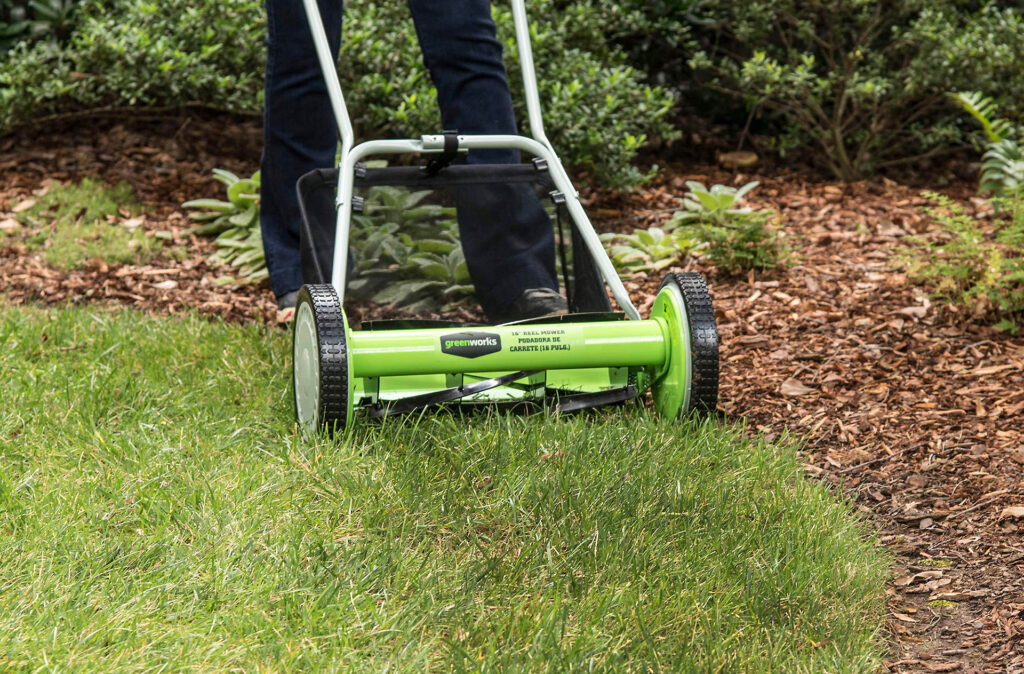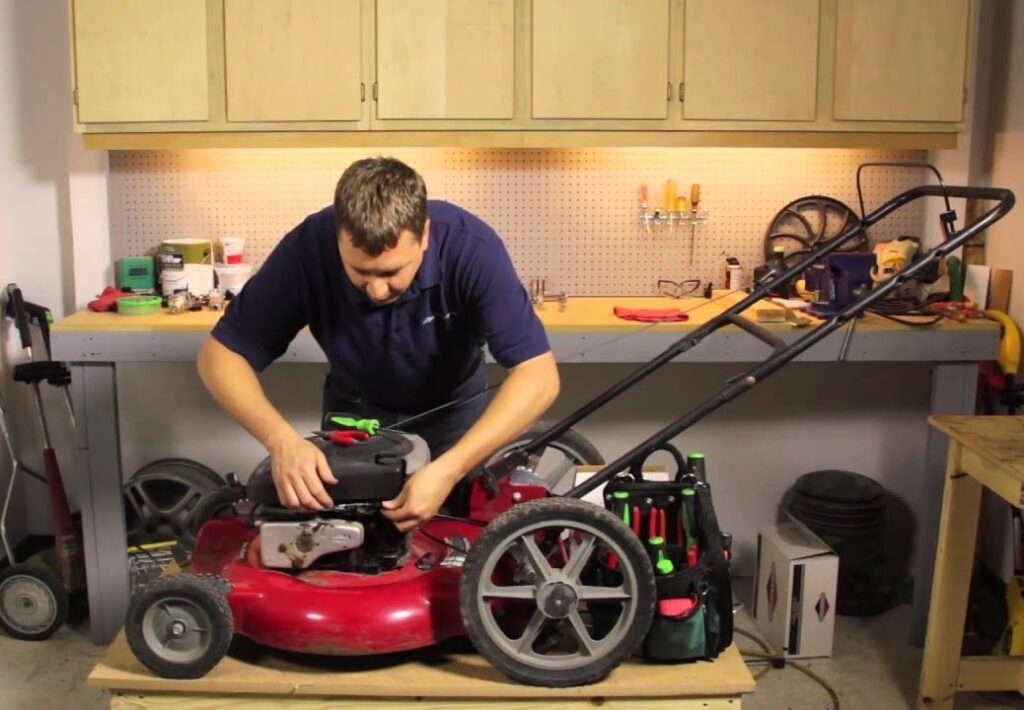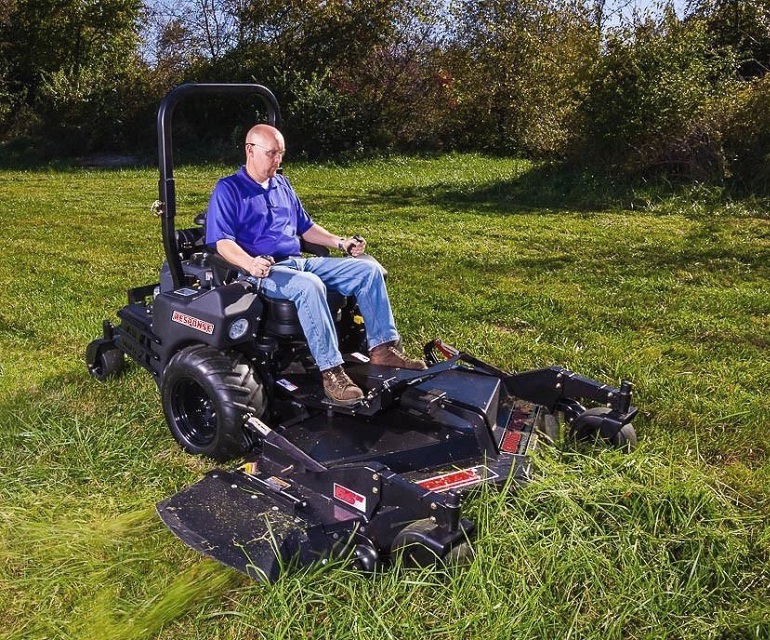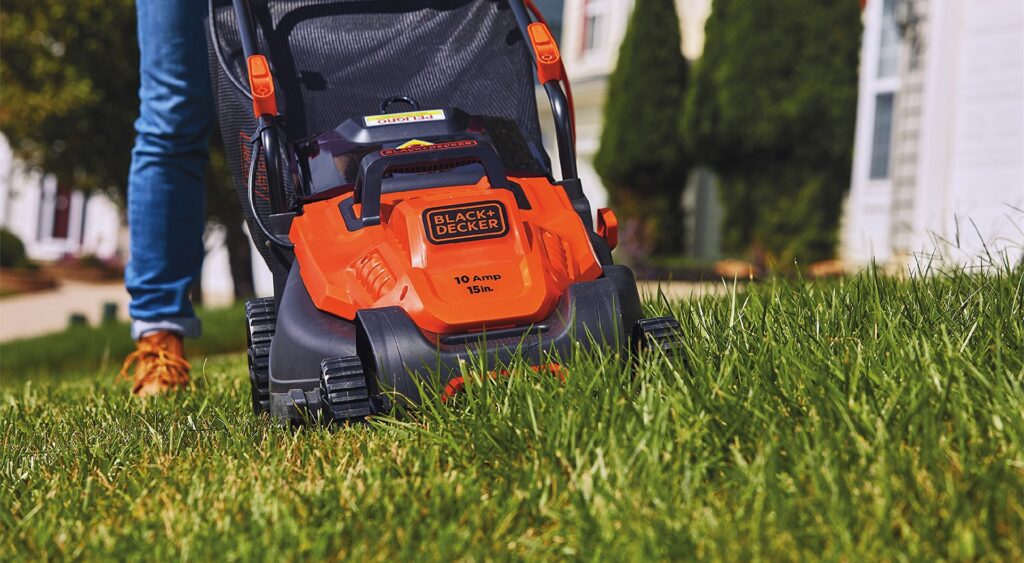
In both your front and backyard, deciding whether to side discharge or mulch your grass is something you’ll likely have to deal with. Admittedly, you’ll have to consider your needs, what you want your lawn to look like, the mowers you have available, and sometimes even your economic situation before you can decide which side you’re on in the mulching vs side discharge debate.
Also, there is a third option to consider, namely bagging. Just like the other two, it has its pros, cons and there may be some reasons to choose it. While we can tell you the upsides of each of these options on your lawn, it is ultimately up to you to pick.
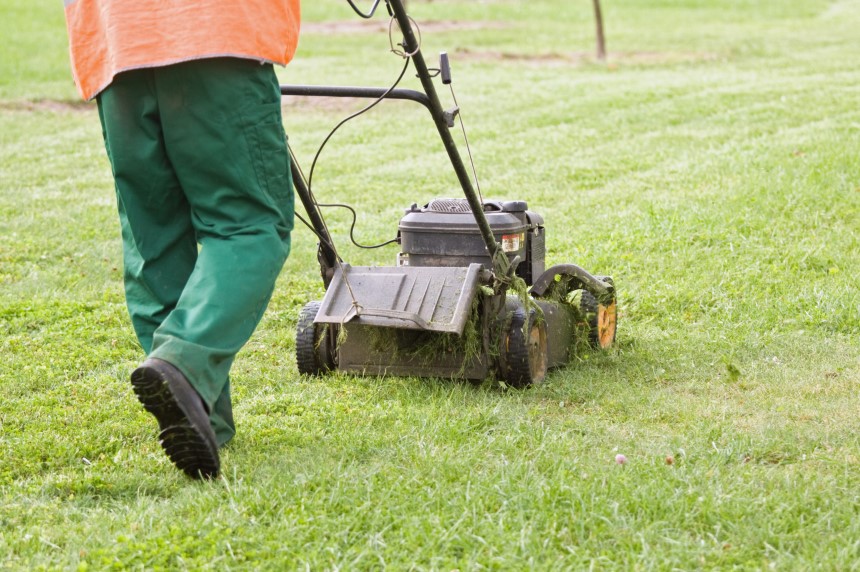
There are some things you need to check for before you can mulch your grass. One example is the grass height. As great as mulching blades are, they can’t handle tall grass.
Another thing that might hinder mulching is moisture in the grass. You’ll have to wait for the grass to dry, which can be a problem if there is constant rain in your area, depending on the season. Lastly, mulching mowers require a lot more power than some of their other counterparts. Consider this if you haven’t purchased a mower just yet since it can raise the price of the machine by quite a bit.
One thing that users of mulching mowers like about the machines is how they barely leave any traces of the mowing process except for the well-trimmed grass. Also, these machines mulch even the leaves that may have collected in your yard during the fall.
You should know that the design of the mulching blades is quite different from that of other mower blades. This is how they are able to cut the clippings multiple times before they are deposited back into your lawn.
According to reviews, the Copperhead toothed mulching blades are quite popular for homeowners who use Toro lawn mower machines. One reason is that they are fairly durable and rarely need to be re-sharpened. Below are the pros and cons of mulching that may help you decide if it is for you.
The first positive is it is the neatest lawn maintenance option since it doesn’t leave behind grass clippings. It eliminates leaves on your lawn which isn’t the case where side discharge is involved. Also, unlike side discharge, there won’t be any brown patches left in the grass, even if the tiny grass clippings dry up before they decompose.
Second, since the minuscule clippings are left on the grass, all the nutrients are re-assimilated into the lawn. In some cases, this can help your grass grow healthier. Additionally, with mulching, you can mow all day without needing to stop, which is not the case with bagging.
The closed mower deck is crucial for mulching, but it comes with one other upside. It keeps rocks, debris, and other solid objects from being launched into people, cars, and other structures when they come into contact with the fast-moving blades.
Next, mulching can help suppress some of the grass diseases in your yard, and it also reduces thatch buildup.
For all its upsides, mulching also seemingly has some negative aspects to it as well. We already mentioned one in that it can’t handle tall grass. Consequently, if you only have a mulching mower, it is up to you to keep a regular mowing schedule, or else you will be in trouble.
Mulching mowers also struggle against wet grass. As such, if it is the wet season, you’ll have to find another way to trim your grass. Either that or you can get more powerful mulching mowers which cost a pretty penny.
Lastly, since the mulching mowers need more powerful motors, it stands to reason that they are more expensive. That said, some modern mulching mowers are also capable of bagging as well. You only need to change the settings as well as use the appropriate mowing blades.
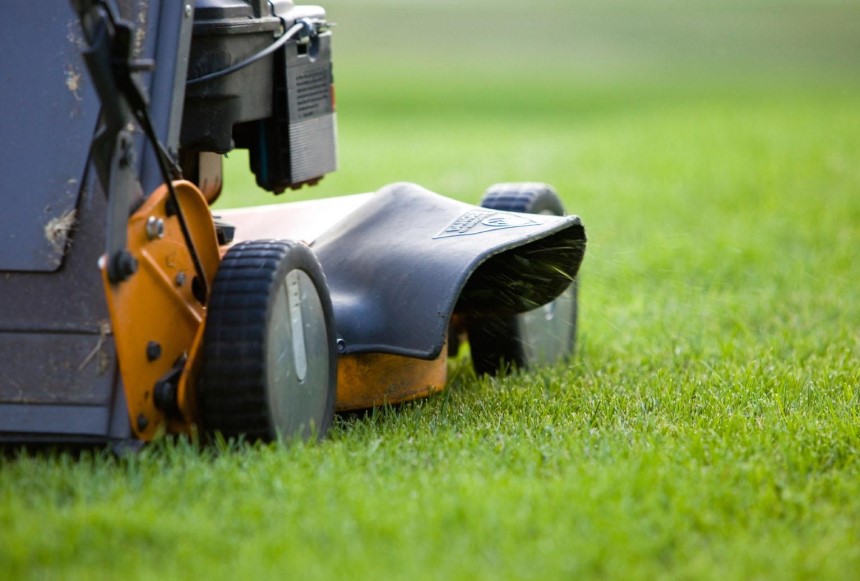
Since the mowing times are irregular, it is quite likely the grass will grow tall before anybody notices. As we already established, mulching doesn’t work with tall grass. However, when using the side discharge, the mowers should have no problem cutting the grass, no matter the size.
Also, the mowers and blades can cut wet grass where some mulching mowers may struggle. For those who have large yards, side discharge mowers and blades are preferred. This is because they are fast, and you won’t need to empty a bag every few minutes. Consequently, you can mow your lawn for as long as you need to without taking breaks.
Notably, this can leave a messy-looking lawn as the clippings are deposited all over. Unlike the mulched clippings, these take longer to decompose and assimilate into the soil. Consequently, you may end up with brown patches of dried clippings all over the yard. That said, the clippings do allow nutrients to go back into the soil and act as a natural fertilizer.
We should also mention that side discharge blades are different in design when compared to mulching mower blades. According to most reviews, the Rotary Store Rotary Blades are quite effective with 48” mowers when you do not want to mulch your grass clippings. They are designed to lift and throw clippings better and will even work with a bagger.
Side discharge mowing is quite fast, and if you have a large property, this could ensure you don’t spend much time mowing. In fact, it is the fastest out of the three clippings disposal methods. Also, being able to cut tall and wet grass is a mean feat, especially since they don’t use as much power as bagging and mulching.
Next, since most of the clippings will be deposited on the lawn, it’s only a matter of time before the nutrients in them are back in the ground. Notably, this process does take significantly longer when compared to mulched clippings.
The grass clippings from the mowing process can cause unsightly brown patches in your lawn as they dry and decompose. These clippings and any solids on the lawn may be launched anywhere and everywhere by the blades of the machine.
In the case of the grass, some of the seeds can land in locations where you don’t want them, such as the flower beds. As for the solid materials, e.g., rocks and pieces of wood, they can cause injury and damage property when they are launched.
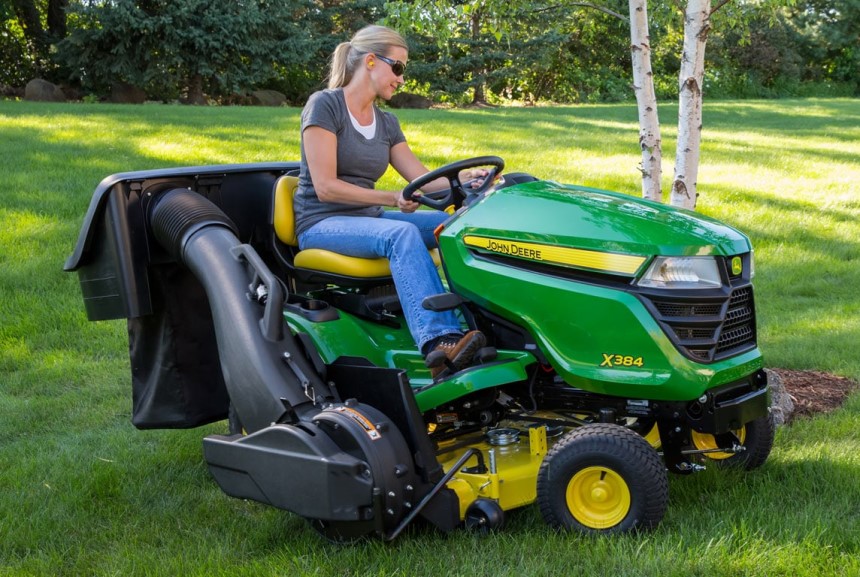
An annoying aspect of bagging is the attachments need to be emptied periodically as you’re mowing. Consequently, this can lead to a longer mowing process as compared to the other two.
Also, unlike mulching, it works when the grass is wet. Notably, bagging will leave your lawn looking amazing since you dump the clippings somewhere else. That said, the nutrients from the clippings may be lost for good. However, you can compost Trusted Source Compost - Wikipedia Compost is a mixture of ingredients used to fertilize and improve the soil. It is commonly prepared by decomposing plant and food waste and recycling organic materials. The resulting mixture is rich in plant nutrients and beneficial organisms, such as worms and fungal mycelium. en.wikipedia.org the clippings and reintroduce them into your lawn at a later date.
When bagging, the lawnmowers also need more power to suck the clippings into the bag attachments.
Your lawn will probably look its best after the grass has been cut and bagged. Another pro is that bagging, just like side discharge works even in wet conditions. Also, it will help control weeds since most of their seeds will be put into the bags alongside the clippings.
A major con of bagging is having to stop every few minutes to empty the bag. The lost time could mean you even spend an extra hour or two mowing when you should be done. Next, your yard loses nutrients, and you may have to spend extra money on fertilizer and manure. Also, you might need a designated disposal site which is not always available. Lastly, bagging only works with mowers that have extra power to account for the suction.
In the mulching vs side discharge vs bagging debate, the best option is the one that works for you. Carefully weigh the pros and cons since they are listed above for your convenience, and then decide. Admittedly, some lawnmowers also allow you to change your mind after some time since they come with various operation modes.
